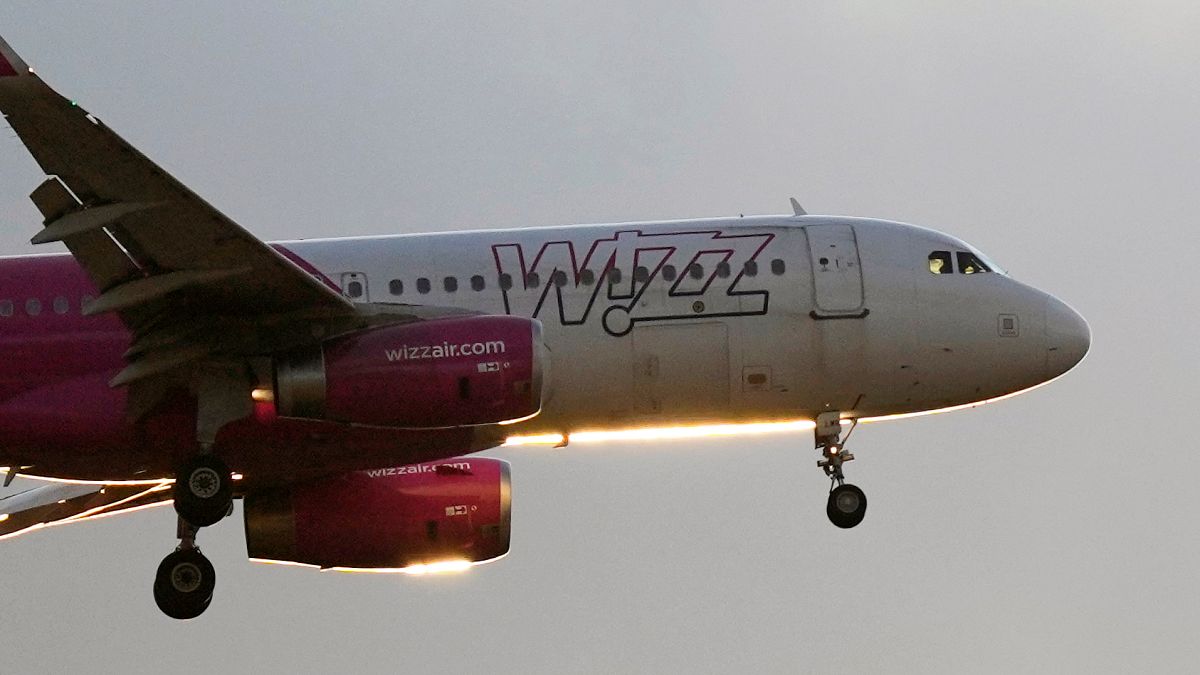

As the global economic landscape continues to evolve, significant changes are underway across various sectors that reflect broader trends and challenges. One of the key areas of impact is in the aviation industry, where Wizz Air has recently announced a strategic shift, ceasing operations out of its Abu Dhabi hub. This decision underscores the company’s focus on strengthening its core markets in Central and Eastern Europe, amidst broader uncertainties in the international market.
The airline’s move comes at a time when economic and geopolitical factors are influencing business strategies. By prioritizing regions where it already has a strong presence, Wizz Air aims to mitigate potential risks posed by external pressures and concentrate on areas with assured growth potential. This shift is indicative of the strategic recalibrations businesses are making to maintain stability and profitability in an unpredictable environment.
Furthermore, trade dynamics are at the forefront of recent economic developments, highlighted by the ongoing discussions concerning tariffs imposed by the United States on the European Union and Mexico. President Trump’s proposal of a 30% tariff on imports from the EU and Mexico has caused ripples across global markets, resulting in European markets opening lower as investors remain cautious about the potential impacts.
However, European Commission President Ursula von der Leyen has maintained a measured approach, reassuring that the EU will not immediately impose retaliatory tariffs, allowing negotiations to unfold until August to seek a diplomatic resolution. This pause reflects a commitment to dialogue in resolving trade tensions, emphasizing the importance of collaboration over confrontation in international economic relations.
Amidst these developments, China’s trade performance presents a slightly optimistic note. Recent data indicate that while exports to the US were in decline, the rate has slowed compared to previous months, revealing a positive shift in China’s broader export strategy. This improvement follows the recent US-China trade agreement, providing a degree of stability despite underlying challenges. Furthermore, an annual increase in exports to other countries highlights China’s endeavor to diversify its trade partnerships, reducing reliance on any single market.
The complicated web of trade negotiations underscores a dynamic period of adjustment as countries and companies alike navigate a shifting global economic landscape. The multifaceted changes in trade policies and business strategies reflect broader trends of adaptation and resilience as stakeholders strive to find balance amidst new pressures.
US economic adviser Kevin Hassett has reiterated the administration’s intent to uphold tariffs unless substantial trade agreements are achieved. He emphasized that these tariffs serve as leverage in securing deals beneficial to American economic interests. While negotiations continue, there is hope that these discussions will yield agreements that sustain international trade flows and support global economic growth.
In conclusion, as businesses and governments adjust their approaches to align with emerging economic realities, the emphasis remains on strategic planning and collaboration. Whether through recalibrating market focuses, engaging in trade negotiations, or diversifying economic partnerships, the pathway forward centers on navigating complexities with foresight and cooperation. In this evolving landscape, the pursuit of stability and opportunity remains pivotal for all involved.
Source: {link}
